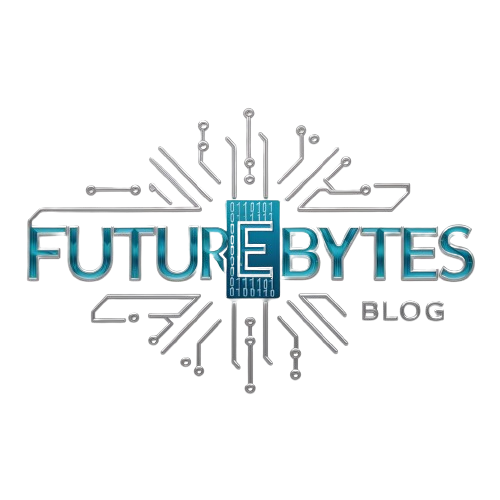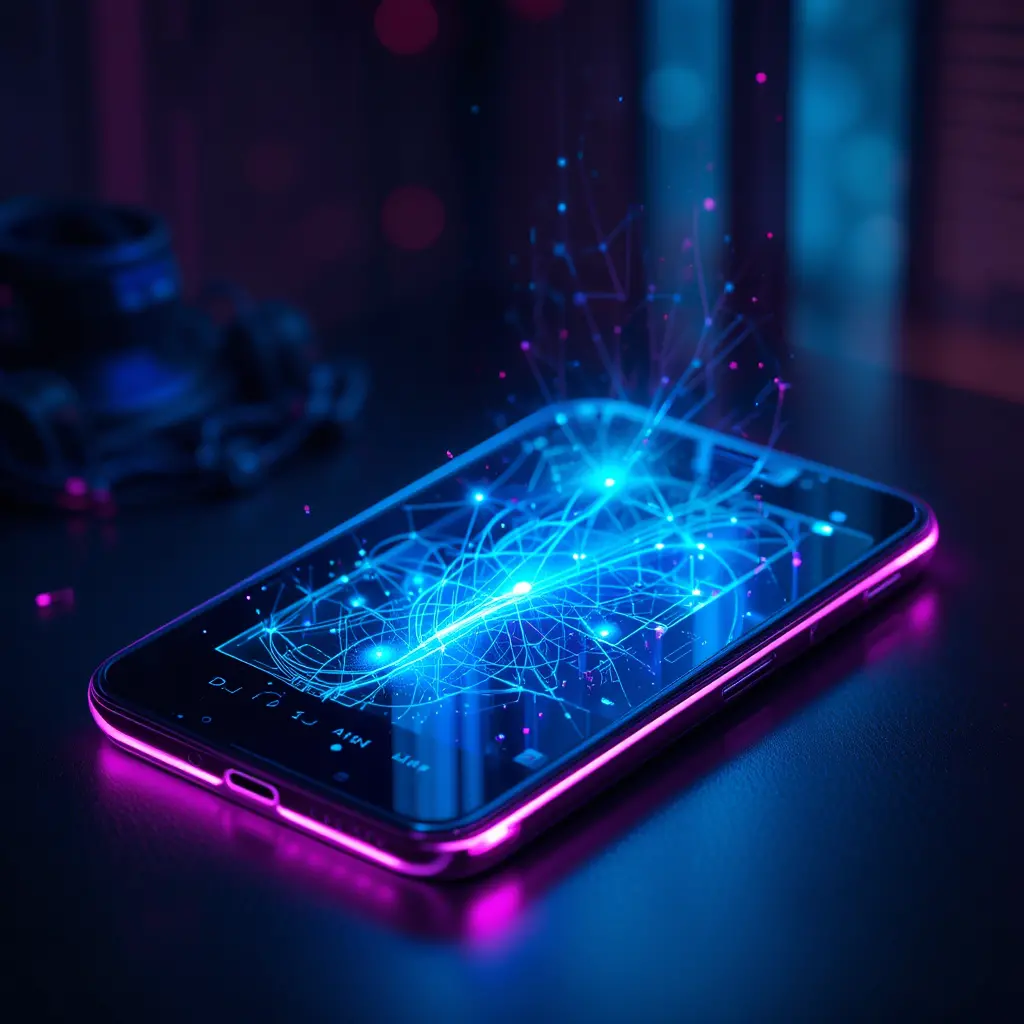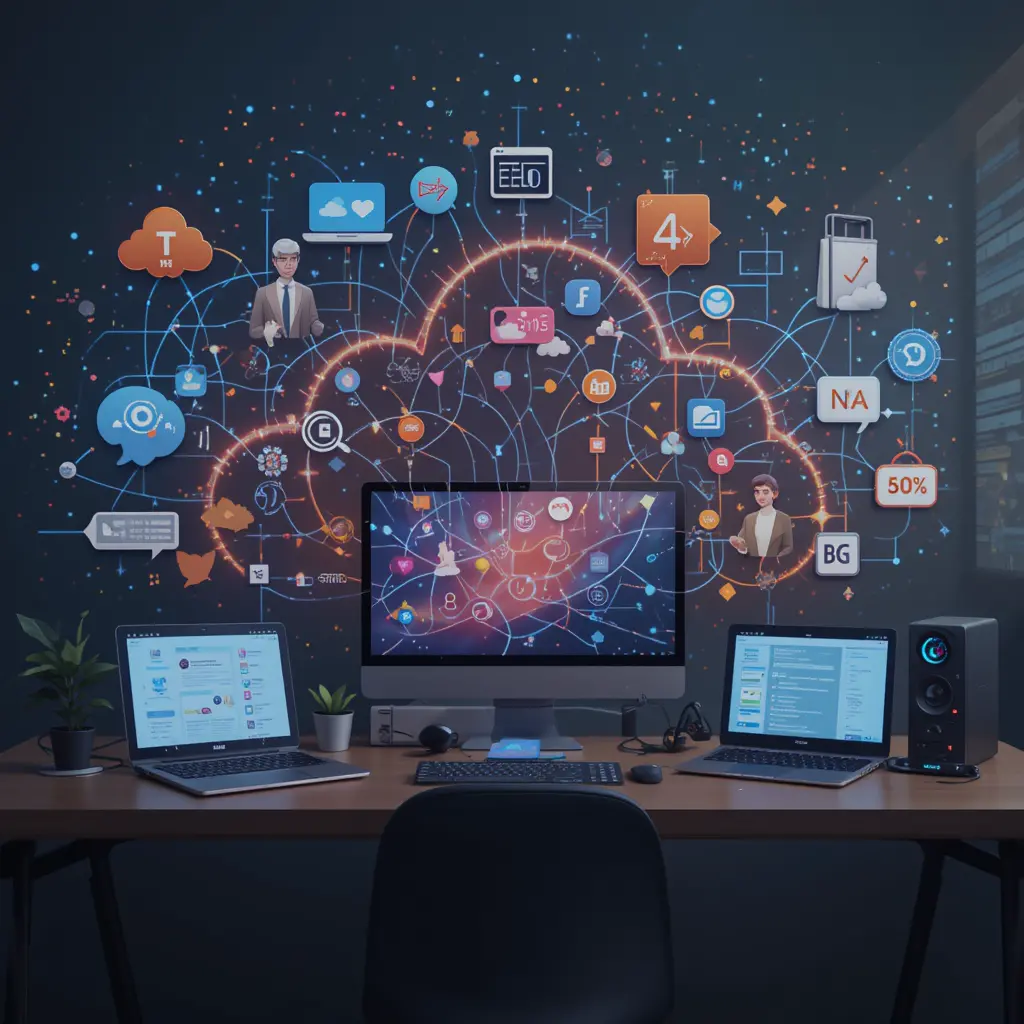Imagine a world where customer service is available 24/7, providing instant responses and personalized interactions. AI-powered chatbots are making this a reality, transforming how businesses engage with their customers. These intelligent systems handle inquiries efficiently, reduce wait times, and enhance user satisfaction. In this article, we explore how integrating AI chatbots can revolutionize your customer service, offering insights into their benefits and implementation strategies.
The Rise of AI-Powered Chatbots in Customer Service
AI-powered chatbots are changing the way businesses interact with customers. As a Customer Service Specialist, I’ve seen firsthand how these tools can transform customer experiences. They offer quick responses, handle multiple queries simultaneously, and are available 24/7. This technology is not just a trend; it’s a revolution in customer service.
The Evolution of Customer Interaction
In the past, customer service relied heavily on human agents. Long wait times and limited availability were common issues. With the advent of AI-powered chatbots, these challenges are becoming a thing of the past. Imagine a busy restaurant where a single waiter struggles to serve all tables. Now, picture a team of waiters, each attending to a table instantly. That’s what chatbots do for customer service.
From my experience, customers appreciate the efficiency and speed of chatbots. They can get answers to simple questions without waiting. However, it’s important to remember that chatbots are not perfect. They sometimes struggle with complex queries. In such cases, human intervention is necessary. This balance between technology and human touch is crucial.
Real-World Impact
Consider a retail company that implemented chatbots to handle customer inquiries. The result? A significant reduction in response time and increased customer satisfaction. As a specialist, I believe that AI-powered chatbots: redefining customer service is not just a catchy phrase. It’s a reality that businesses must embrace to stay competitive.
In conclusion, while AI-powered chatbots are not a one-size-fits-all solution, they are a powerful tool in the customer service arsenal. They enhance efficiency and improve customer experiences. As technology advances, I am excited to see how chatbots will continue to evolve and redefine customer service.
Benefits of Implementing AI-Powered Chatbots
In today’s fast-paced world, businesses constantly seek ways to enhance customer service. One solution that stands out is the implementation of AI-powered chatbots. These digital assistants are transforming how companies interact with their customers, offering a blend of efficiency and personalization that was once unimaginable.
Efficiency and Availability
AI-powered chatbots operate 24/7, providing round-the-clock support to customers. This means no more waiting for business hours to resolve issues. I remember a time when I had to wait until the next day to get help with a simple query. With chatbots, such delays are a thing of the past. They handle multiple inquiries simultaneously, reducing wait times and improving customer satisfaction. It’s like having a team of tireless employees who never take a break.
Personalized Customer Experience
These chatbots are not just about speed; they also offer a personalized touch. By analyzing customer data, they tailor responses to individual needs. Imagine walking into a store where the staff knows your preferences and anticipates your needs. That’s the level of service AI-powered chatbots aim to provide. In my experience, this personalization makes customers feel valued and understood, fostering loyalty and trust.
In conclusion, AI-powered chatbots are redefining customer service by combining efficiency with a personal touch. They are not just tools but partners in delivering exceptional customer experiences. As a customer service specialist, I believe embracing this technology is crucial for any business looking to thrive in today’s competitive landscape.
Challenges and Considerations
Implementing AI-powered chatbots in customer service can be a game-changer, but it comes with its own set of challenges and considerations. As a Customer Service Specialist, I’ve seen firsthand how these tools can both enhance and complicate service delivery. It’s like introducing a new team member who needs time to adjust and learn the ropes.
Understanding the Limitations
One of the primary challenges is understanding the limitations of AI-powered chatbots. While they can handle a wide range of queries, they sometimes struggle with complex or nuanced questions. Imagine asking a chatbot about a unique issue with your product, only to receive a generic response. This can be frustrating for customers and may require human intervention. In my experience, it’s crucial to set clear expectations about what chatbots can and cannot do.
Ensuring Data Privacy
Another significant consideration is data privacy. Customers share sensitive information during interactions, and it’s vital to ensure this data is protected. Think of it as safeguarding a treasure chest of personal details. Companies must comply with regulations and implement robust security measures. As someone who values customer trust, I believe that transparency about data usage is essential. Customers should feel confident that their information is safe when interacting with AI-powered chatbots.
In conclusion, while AI-powered chatbots are redefining customer service, they require careful planning and management. By addressing these challenges, businesses can harness the full potential of this technology, providing efficient and effective service to their customers.
Future Trends in AI-Powered Customer Service
As we look to the future, the role of AI-powered chatbots in customer service is set to expand dramatically. These digital assistants are not just tools; they are becoming integral to how businesses interact with their customers. Imagine a world where every customer query is answered instantly, with precision and a touch of empathy. This is the promise of AI-powered chatbots: redefining customer service.
Personalized Customer Interactions
One of the most exciting trends is the move towards personalized customer interactions. AI-powered chatbots are learning to understand individual customer preferences and tailor responses accordingly. For instance, a chatbot might remember your favorite coffee order and suggest it the next time you visit an online café. This level of personalization can make customers feel valued and understood, much like a friendly barista who knows your name and order by heart.
Seamless Integration with Human Agents
Another trend is the seamless integration of chatbots with human agents. While chatbots handle routine inquiries, complex issues are smoothly transferred to human agents. This hybrid approach ensures efficiency without sacrificing the human touch. I recall a time when a chatbot efficiently resolved my billing issue, but when I had a more nuanced question, a human agent took over seamlessly. This experience left me impressed with the balance of technology and human interaction.
In my opinion, as a Customer Service Specialist, the future of AI-powered chatbots is bright. They are not just redefining customer service; they are enhancing it. By combining speed, accuracy, and a personal touch, these chatbots are set to transform how we think about customer interactions. As technology evolves, so too will our expectations, and AI-powered chatbots are ready to meet them head-on.
Conclusion
As we reach the end of our exploration into AI-Powered Chatbots, it’s clear that these tools are not just a trend but a transformative force in customer service. Imagine walking into a store where every employee knows your name, your preferences, and is ready to assist you at any moment. This is the level of personalized service that AI-Powered Chatbots can offer, but on a digital platform.
The Human Touch in a Digital World
In my experience as a Customer Service Specialist, I’ve seen firsthand how AI-Powered Chatbots: Redefining Customer Service can bridge the gap between technology and human interaction. A chatbot once helped me resolve a billing issue in minutes, something that would have taken hours over the phone. This efficiency doesn’t just save time; it enhances the customer experience by providing quick and accurate solutions.
However, it’s important to remember that while chatbots are incredibly efficient, they should complement, not replace, human interaction. There are nuances and emotions that only a human can understand. For instance, when a customer is frustrated, a chatbot might not pick up on the subtle cues of their tone. This is where the human touch remains irreplaceable.
In conclusion, AI-Powered Chatbots are indeed redefining customer service. They offer a blend of efficiency and personalization that is hard to match. As we continue to integrate these tools into our daily operations, we must strive to maintain the balance between technology and human empathy. After all, at the heart of customer service is the desire to help and connect with others, something that both humans and chatbots can achieve together.






